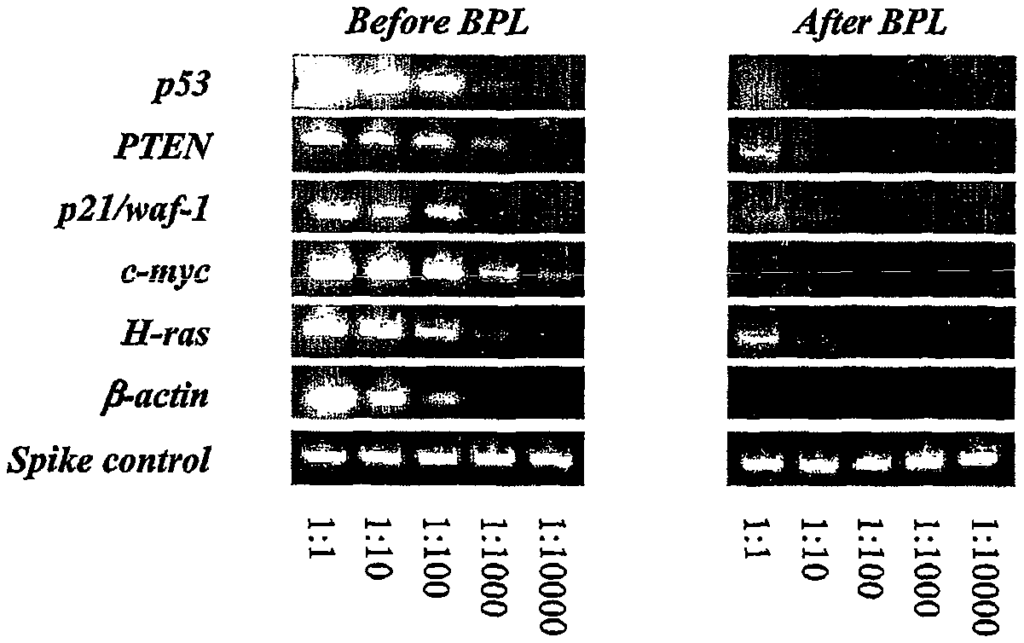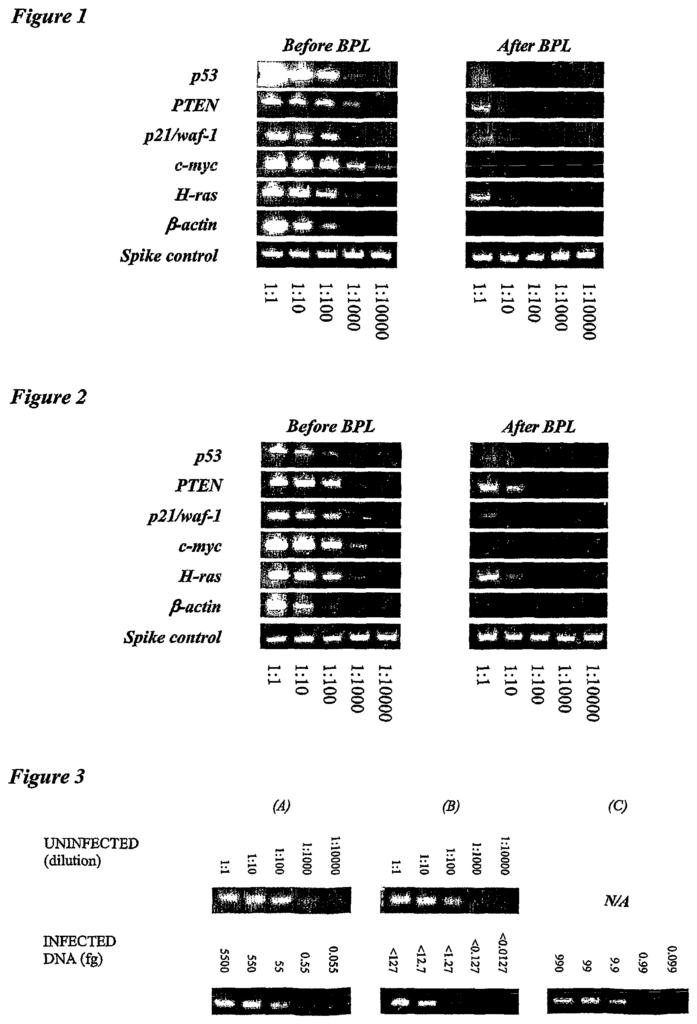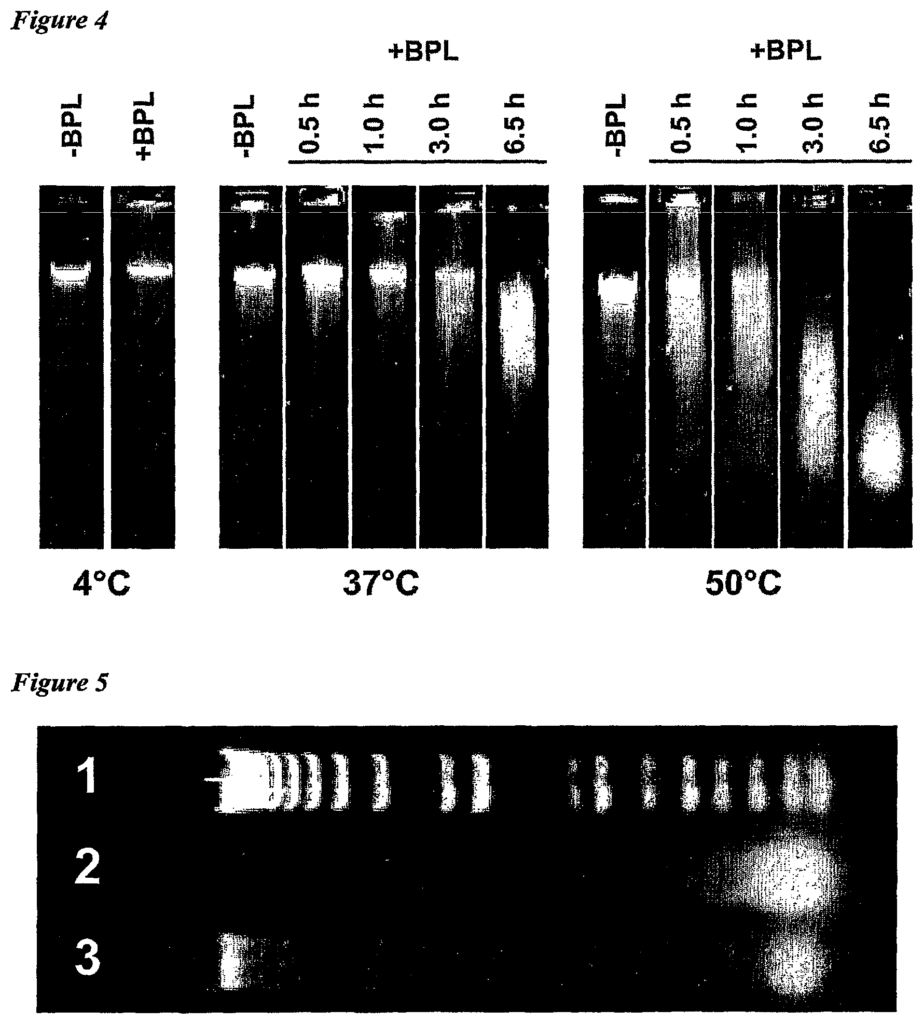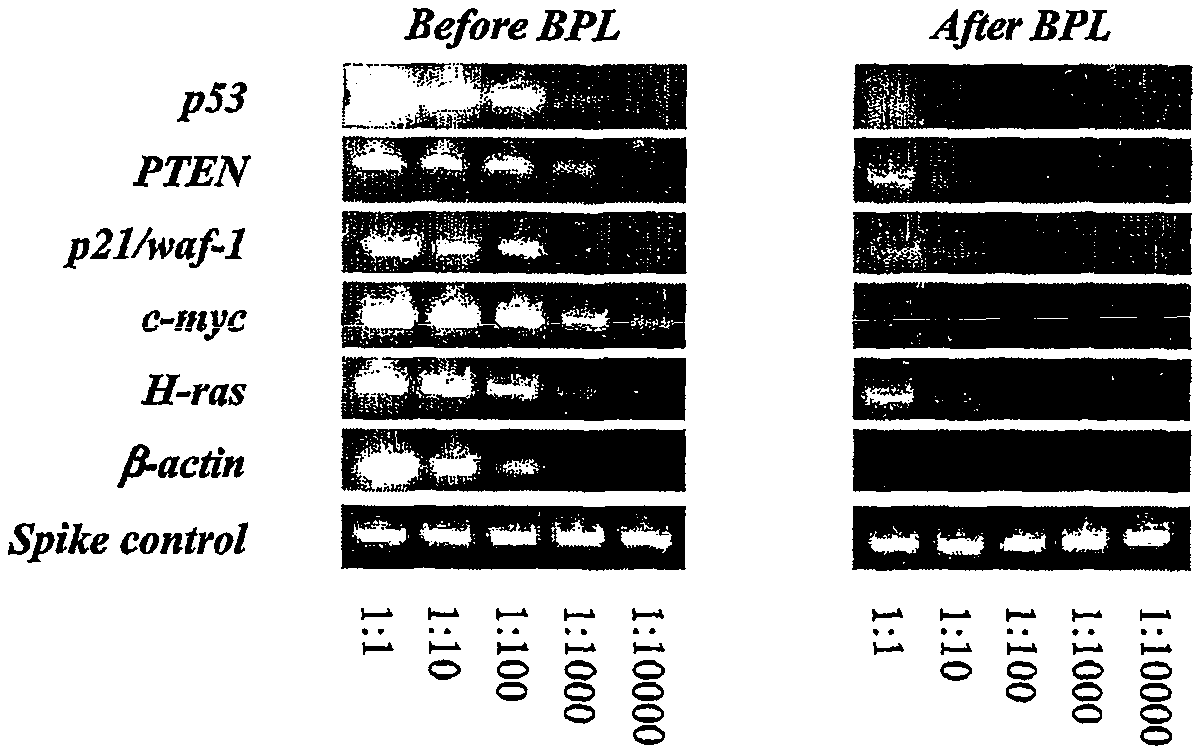Invented by Jens-Peter Gregersen, Holger Kost, Seqirus UK Ltd
One of the challenges with cell-derived virus vaccines is the presence of residual cell DNA, which can potentially cause adverse effects in patients. Residual cell DNA can be introduced into the vaccine during the production process, and it is important to minimize its presence to ensure the safety and efficacy of the vaccine.
The market for cell-derived virus vaccines with low residual cell DNA is driven by the need for safer and more effective vaccines. This is particularly important for vaccines that are given to vulnerable populations, such as infants, elderly individuals, and those with compromised immune systems.
In addition, the market for cell-derived virus vaccines with low residual cell DNA is also driven by the increasing prevalence of infectious diseases. With the emergence of new and re-emerging infectious diseases, there is a growing need for vaccines that can provide protection against these diseases.
The market for cell-derived virus vaccines with low residual cell DNA is also being driven by advancements in technology. New technologies are being developed that can help to reduce the amount of residual cell DNA in vaccines, such as improved purification methods and the use of new cell lines.
Overall, the market for cell-derived virus vaccines with low residual cell DNA is expected to continue to grow in the coming years. As the demand for safe and effective vaccines increases, there will be a greater need for vaccines that have minimal residual cell DNA. This presents an opportunity for companies that are able to develop and produce these vaccines to meet the growing demand.

The Seqirus UK Ltd invention works as follows
The present invention is a vaccine product for the treatment or prevention viral infections. The invention also provides methods for reducing contaminants that are associated with cell culture vaccine preparation. The residual DNA from cell culture is degraded using a DNA alkylating compound, such as BPL (?-propiolactone), to produce a vaccine containing immunogenic proteins that are derived directly from viruses propagated in cell culture.

Background for Cell-derived virus vaccines with low residual cell DNA
Commercial production of viral vaccines requires large quantities of antigen. Cell culture systems can be used to produce commercial quantities of virus. Mammalian cells are suitable for viral reproduction, as well as avian and insect cells. However, mammalian cells are preferred for the production of viral vaccines, to ensure that antigens’ proteins have been properly glycosylated and folded. Mammalian cells are preferred for the expression of recombinant proteins.
Cell cultures are not able to reproduce in their natural state, making them unsuitable for the production of commercial vaccines or recombinant proteins. For manufacturing purposes, the modified cells should be “continuous”. For manufacturing purposes, it is preferred that the cells are modified to be?continuous? Cell lines can be multiplied more than once. These modifications use mechanisms that are similar to those found in oncogenic cell types. “There is concern about any residual material from the cell-culture process, like host cell DNA. This should be removed from final formulations of vaccines or recombinant proteins manufactured in these systems.
DNase treatment is a standard method of removing host cell DNA. This type of method is described in European Patent 0870508 as well as U.S. patent. No. No. Benzonase, for example) followed by a cationic cleaner (e.g. CTAB).
The current efforts to reduce the risk are focused on reducing total concentrations of residual host-cell DNA. The present invention aims to further reduce the risk by eliminating any remaining host-cell DNA.
The invention offers improved cell culture processes and products with reduced impurities. The invention relates to a method for degrading residual functional DNA associated with cell culture products. According to the invention residual functional DNA from cell culture is degraded using a DNA alkylating agents, such as BPL. This process can be used to treat many cell culture products, including vaccines and recombinant protein.
The invention comprises a vaccine containing immunogenic proteins derived by a virus propagated in cell culture. This vaccine is free from residual functional DNA of the cell culture. The invention also relates to recombinant peptides expressed in cell cultures, wherein the final recombinant peptide formulation is substantially devoid of residual cell culture DNA.
The functionality of any residual host-cell DNA can be eliminated through treatment with an alkylating compound that cleaves DNA into small enough portions to prevent it from coding for a functional peptide, being transposed into the chromosome of a recipient human, or being recognized by the recipient DNA replication machinery. The length of the degraded DNA from residual cell culture is preferably less than 500 base pair. “More preferably, degraded cell culture DNA should be less than 200 base pair.
The invention offers improved cell culture processes and products with reduced impurities. The invention relates to a method for degrading residual functional DNA associated with cell culture products. According to the invention residual functional DNA from cell culture is degraded using a DNA alkylating agents, such as BPL. This process can be used to treat many cell culture products, including vaccines and recombinant protein.
The invention comprises a vaccine containing immunogenic proteins derived by a virus propagated in cell culture. This vaccine is free from residual functional DNA of the cell culture. The invention also relates to recombinant peptides expressed in cell cultures, wherein the final recombinant peptide formulation is substantially devoid of residual cell culture DNA.
The “functionality” of residual host-cell DNA can be eliminated using an alkylating compound that cleaves it into small enough pieces to prevent the DNA from coding for functional proteins, being transposed into the chromosome of a recipient human, or being recognized by the recipient DNA replication machinery. The length of the degraded (nonfunctional) residual DNA from cell culture is less than 1000 base pair (e.g. Less than 1000, 800 700 600 500 400 300 200 150 100 75 or 50 base pair). Preferably the length of residual DNA from cell culture is less than 500 bases. “More preferably, degraded cell culture DNA should be less than 200 base pair.

As used in this document, “functional DNA” is referred to. “As used herein, reference to?functional DNA? Nucleotide sequences capable of being transposed or translated into functional proteins are called ‘functional RNA. In general, nucleotide segments that can be translated into a functional protein must have promoters, start codons and stop codons as well as internal coding sequences. When DNA damage is caused, for example by adding an alkylating substance, many of these areas are destroyed or altered, resulting in translation being unable to proceed.
?Degraded Residual Functional Cell Culture DNA? Refers to DNA that is not able to be translated into functional proteins or transposed onto a mammalian genome. “Degraded residual functionalDNA” is preferred. The length is less than 1000 base pair, but more preferably, less than 500, or even less than 250, and in the most preferred case, less than 100. Standard techniques such as gel electrophoresis can be used to determine the length of degraded functional DNA.
The invention provides vaccine compositions and formulations of recombinant proteins which are substantially free from residual functional cell-culture DNA. In this context, “substantially free of residual functional DNA” refers to a formulation or composition where DNA fragments less than 200 basepairs can be detected at less than 10ng per 0.5ml. The size of residual cell culture DNA can be measured using standard techniques such as capillary electrophoresis or nucleic acid technology.
By using an alkylating substance such as BPL, the invention has the added benefit of reducing contaminants and aggregation. Reduced aggregates in vaccine formulations can also improve immunogenicity. The immunogenicity of a vaccination depends on the specificity of antibodies against particular viral epitopes. The epitopes can become less visible and less effective in a vaccination if the surface of the protein is bound by unwanted molecules, or covered up through the aggregation of large macromolecules. The vaccine formulations that have reduced aggregates can also offer additional processing benefits. Purification processes depend on the isolation of expected proteins, such as hemagglutinin or neuraminidase for an influenza vaccine. “If the protein has been structurally altered by the presence or cross-linking or aggregates, it may not be detected and removed by column chromatography or centrifugation.
Alkylating Agents
Alkylating agents are substances that introduce an aryl radical into a chemical compound. The alkylating agents are preferably monoalkylating agents, such as BPL. BPL is widely used as a monoalkylating compound to inactivate viruses during the preparation of vaccines. BPL is a monoalkylating agent that reacts with a variety of biological molecules, including nucleic acid. It causes structural modifications by alkylation or depurination. BPL has the following general structure:
In vitro, BPL generally reacts with nucleophiles present in high concentrations, under conditions favorable to nucleophilic substitution reactions?as in high heat, high BPL concentrations, and aprotic polar solvents?to form functionalized propionic acids, such as 7-(2-carboxyethyl)guanine or 1-(2-carboxyethyl)deoxyadenosine (Scheme 1). Boutwell et al. Annals of the New York Academy of Sciences 751-764. Perrin and al. Biologicals, 23 (1995) 207-211; Chen et al. Carcinogenesis, 2(2) (1981) 73-80.
The binding or alkylating DNA bases causes mutagenicity through a variety of mechanisms, including base pair replacements, particularly depurination and deletions. Cross linking of nucleosides is also a mechanism. BPL’s high mutagenicity corresponds with rapid viral killing, and DNA degradation into non-carcinogenic products.
Any residual functional DNA in cell culture is degraded when treated with less than 1% BPL” (e.g. “Any residual functional cell culture DNA is degraded by treatment with less than 1% BPL (e.g. Treatment with BPL between 0.1% and 0.025% is preferred to degrade residual functional DNA in cell culture.
Click here to view the patent on Google Patents.

Leave a Reply